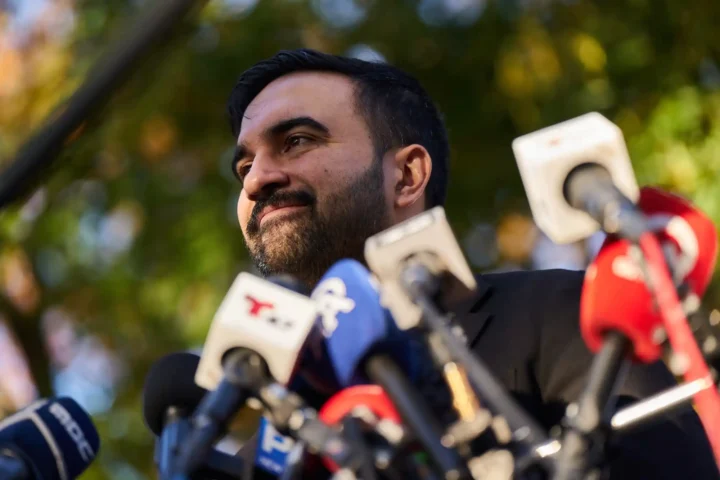When the Washington Commanders offer multi-million-dollar contracts to star quarterbacks while paying less for backup players, no one bats an eye. It’s standard in professional sports: Pay varies based on position and performance. But when a similar principle is applied to teachers, as in Washington, D.C., the reaction is markedly different—shock, even disbelief.
That reaction reveals a deep contradiction in the American education system. For decades, public schools have adhered almost universally to a pay model that rewards longevity and credentials over actual classroom impact. Out of the more than 13,000 school districts in the United States, nearly all determine teacher pay based on years of experience and graduate degrees—regardless of how well students are actually learning.
The result? A compensation system that bears little relation to teacher effectiveness.
Yet some districts are challenging that status quo, and their results are hard to ignore. Over the past 15 years, student achievement in D.C. has improved more quickly than in any of the 20 other large urban school systems measured in national assessments. One major reason: the city’s bold steps to link teacher pay to student success.
In 2009, under then-Chancellor Michelle Rhee, D.C. introduced a groundbreaking teacher evaluation system called IMPACT. The initiative directly tied salaries and job security to classroom performance. High-performing teachers were rewarded with significant salary increases, while those deemed ineffective faced dismissal. The policy was controversial—but it worked. Teachers focused more on student learning, and student outcomes improved.
Dallas took a similar leap in 2015. Led by then-Superintendent Mike Miles, the district overhauled its compensation structure, shifting to a performance-based system. Top teachers were offered bonuses to work in the city’s lowest-performing schools. The best teachers took the challenge—and within two years, those struggling schools had caught up to the district average.
Despite these successes, the broader adoption of performance-based pay in education remains rare. Why? Many argue that the U.S. education system is still rooted in a compliance-driven mindset—focused more on process than results. Deeply entrenched structures protect existing practices and resist change, even when the evidence for reform is compelling.
Calls for school reform are not new. President Lyndon B. Johnson’s War on Poverty emphasized education as the key to breaking cycles of disadvantage. In 1983, the landmark report A Nation at Risk warned of the declining quality of American education. Since then, report after report has linked student underperformance to broader national concerns—from economic competitiveness to national security.
In response, the U.S. has poured money into education. Per-student spending has quadrupled since the 1960s, adjusted for inflation. These funds have fueled countless initiatives—smaller classes, new reading programs, updated curricula. Some worked in specific districts, but few had a lasting or nationwide impact.
The stories of D.C. and Dallas point to a clear lesson: Tying teacher pay to performance isn’t just a novel idea—it’s a proven strategy. When done thoughtfully and fairly, it motivates teachers, improves student outcomes, and helps close the equity gap in struggling schools.
After more than half a century of rhetoric about reform, it may be time to look beyond tradition and embrace the one reform with real, measurable results: paying teachers for their impact—not just their time.











